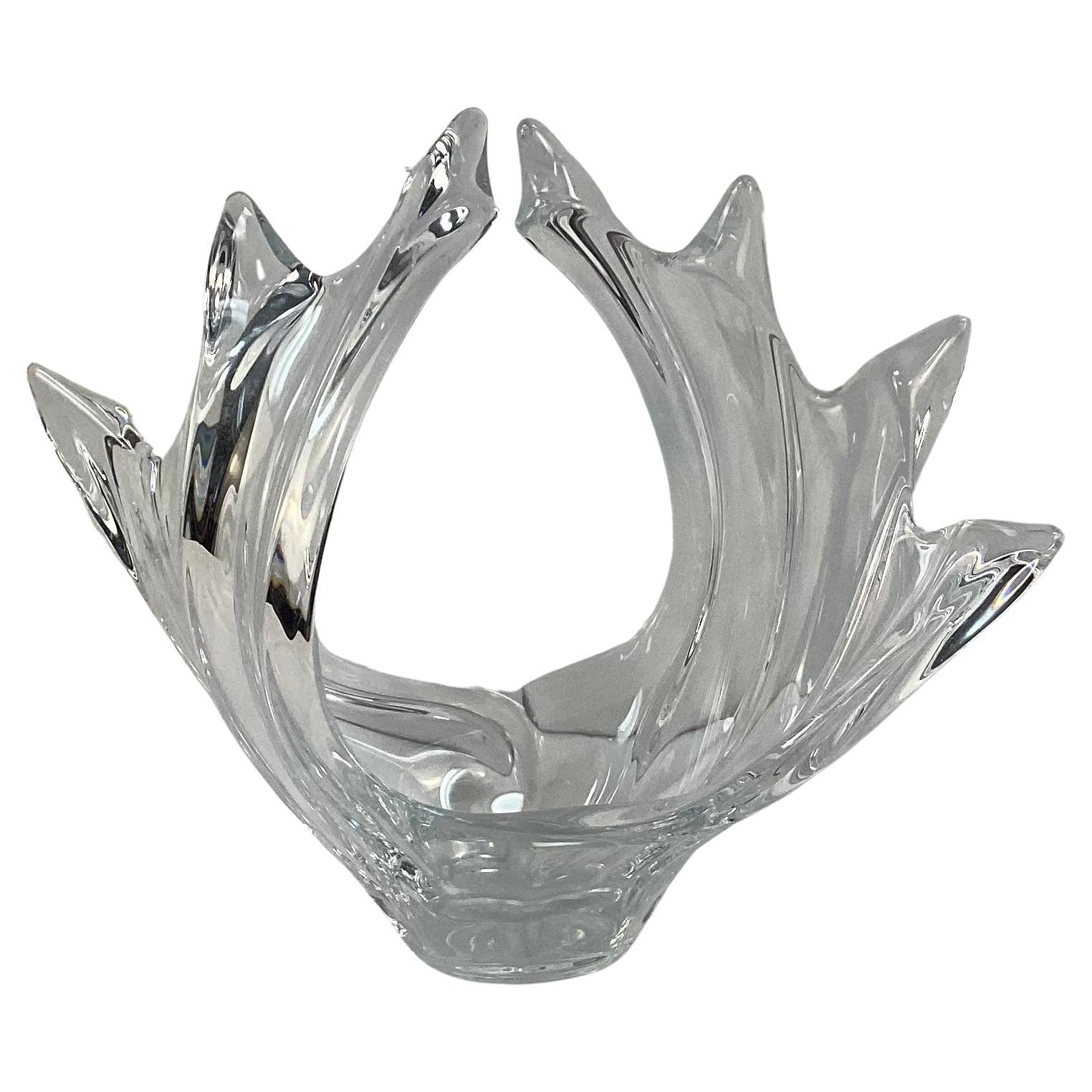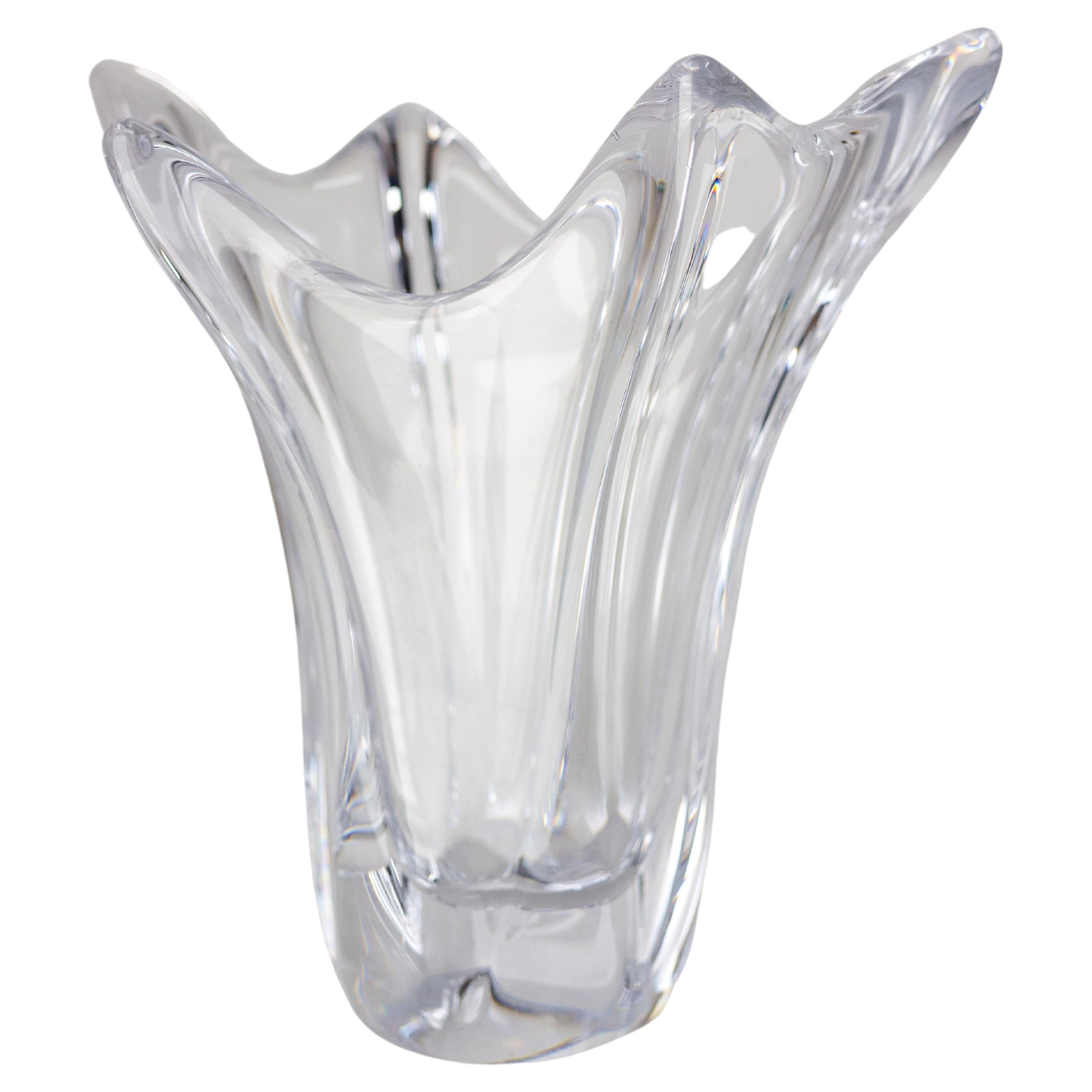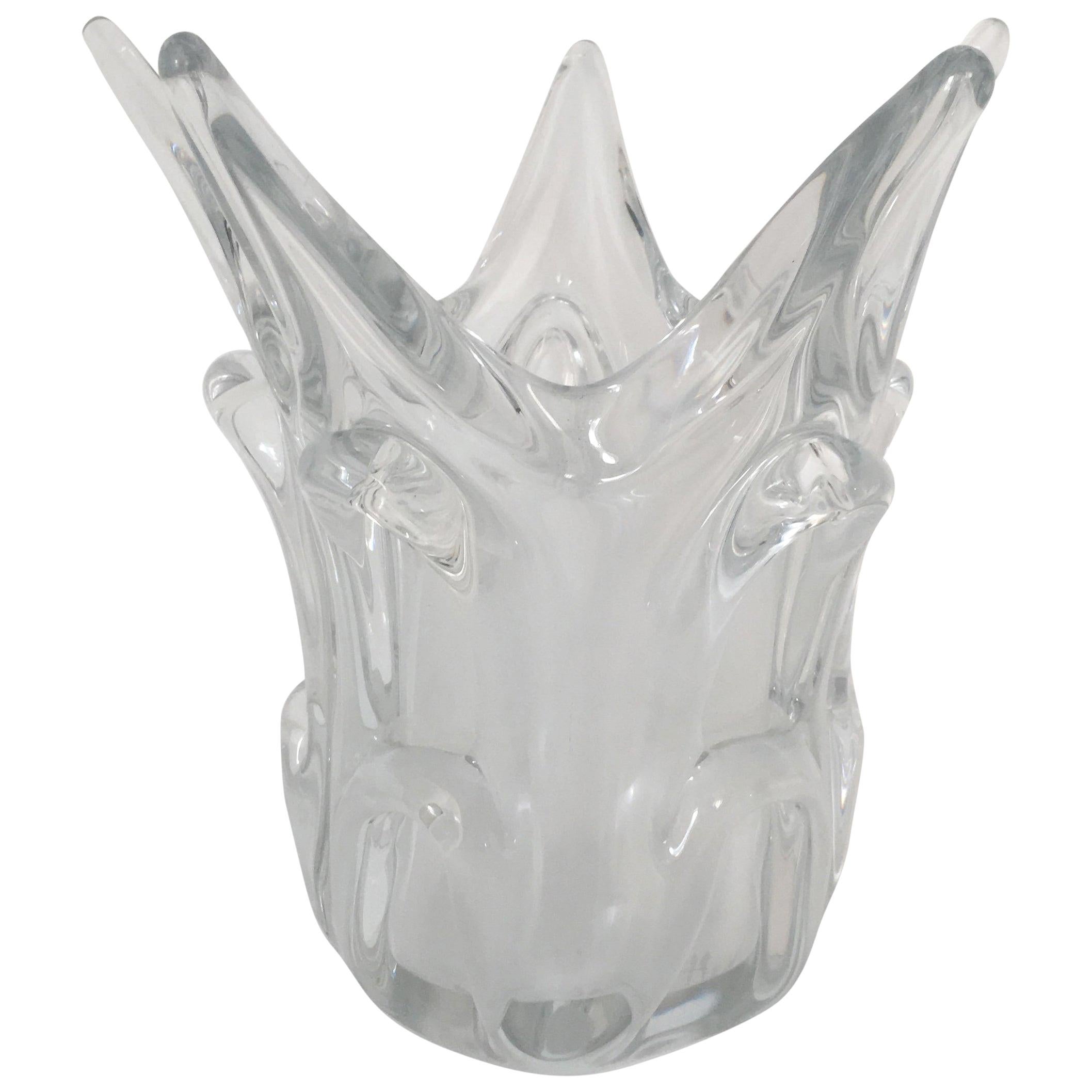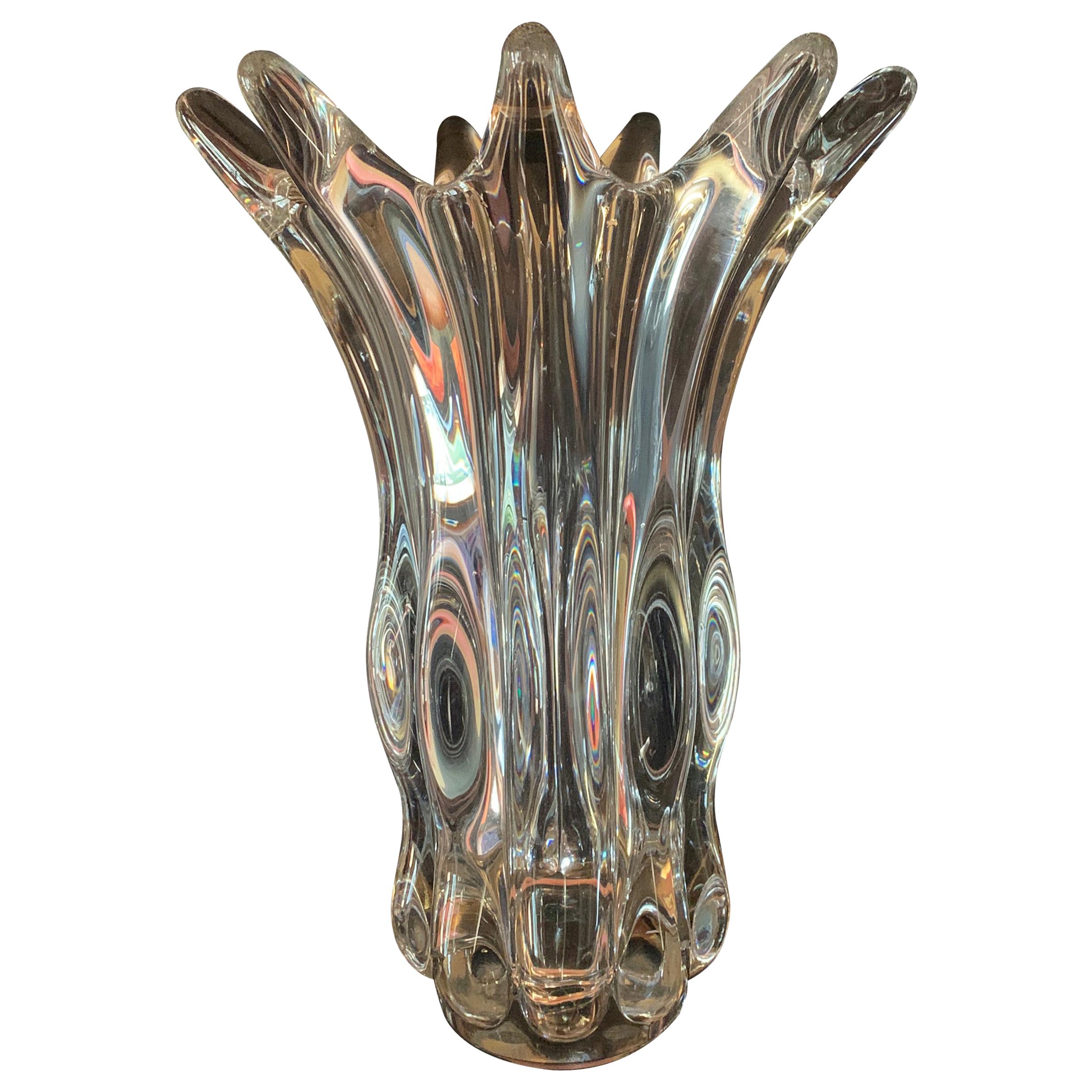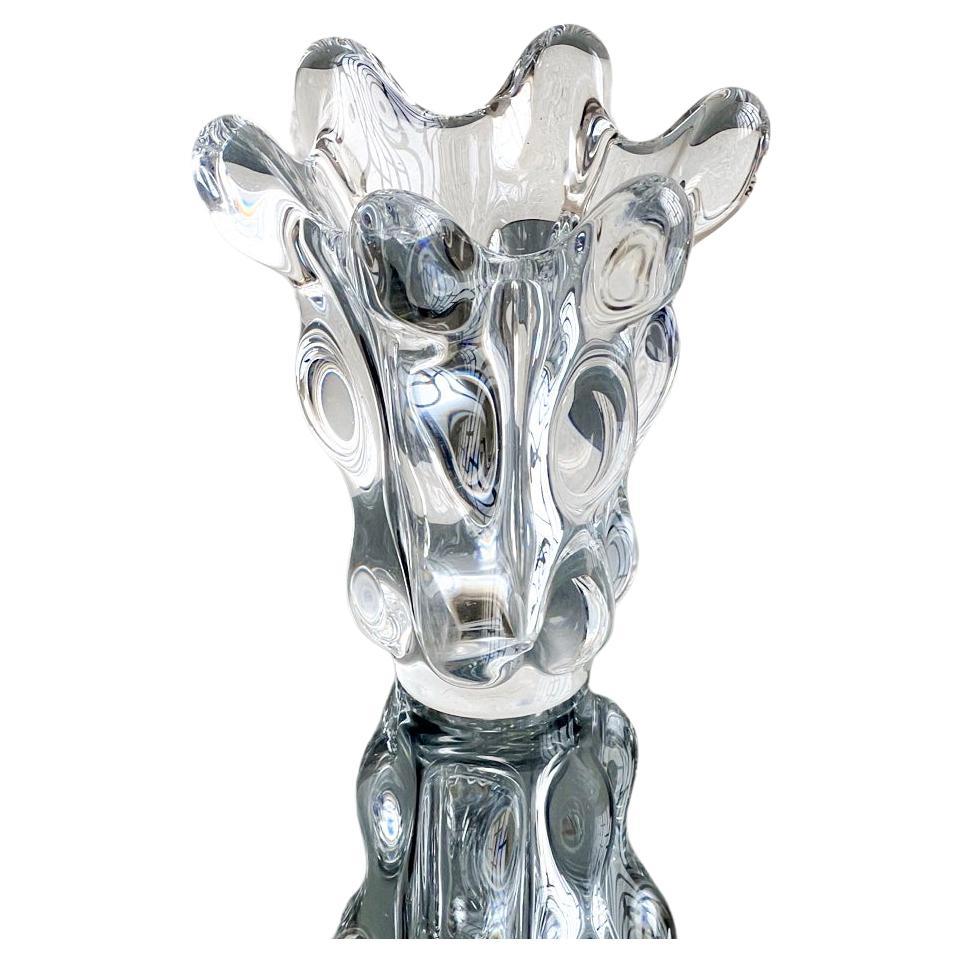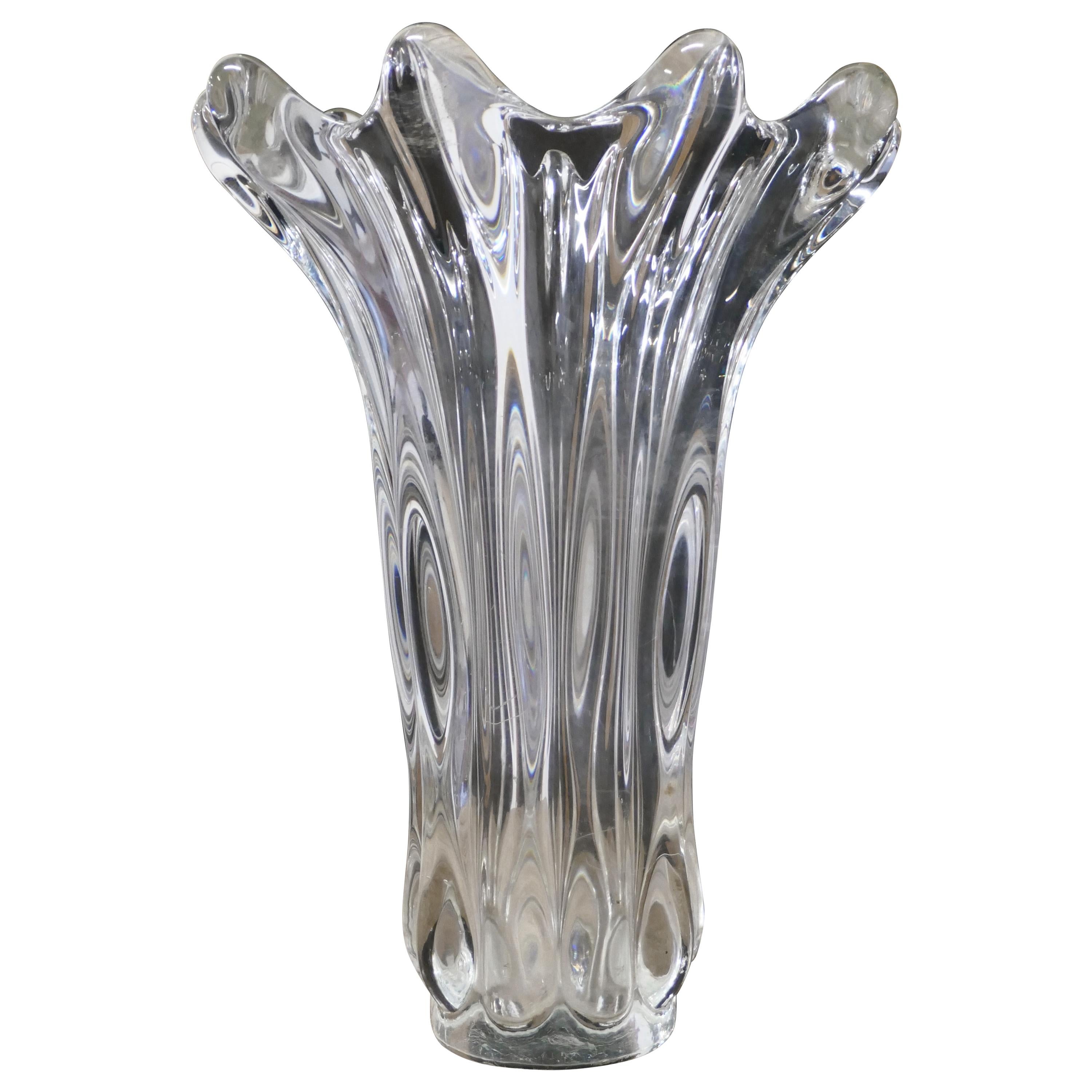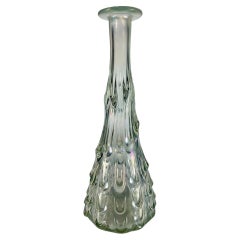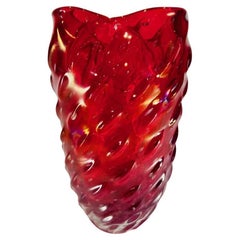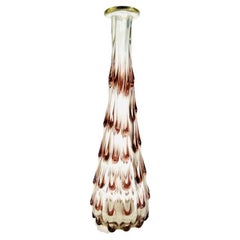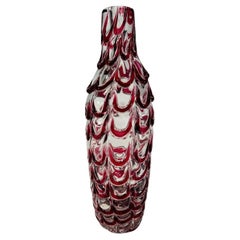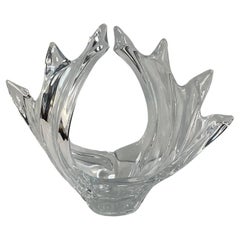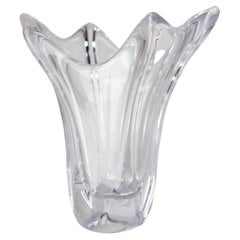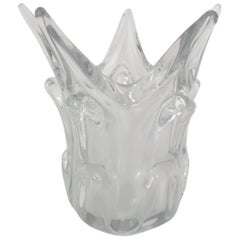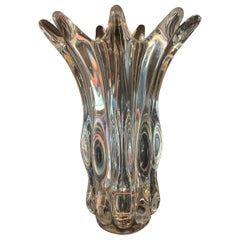Items Similar to Vase in french crystal circa 1950 with applied glass.
Want more images or videos?
Request additional images or videos from the seller
1 of 7
Vase in french crystal circa 1950 with applied glass.
$520
£400.22
€455.78
CA$739.26
A$803.60
CHF 421.16
MX$9,780.46
NOK 5,301.34
SEK 4,981.54
DKK 3,403.78
About the Item
Incredible vase in french crystal circa 1970 with three small applied vases.
- Dimensions:Height: 12.6 in (32 cm)Diameter: 5.91 in (15 cm)
- Style:Mid-Century Modern (Of the Period)
- Materials and Techniques:Crystal,Other
- Place of Origin:
- Period:
- Date of Manufacture:1970
- Condition:
- Seller Location:Rio De Janeiro, BR
- Reference Number:1stDibs: LU8821236783661
About the Seller
5.0
Vetted Professional Seller
Every seller passes strict standards for authenticity and reliability
Established in 1981
1stDibs seller since 2023
9 sales on 1stDibs
Typical response time: 14 hours
- ShippingRetrieving quote...Shipping from: Rio De Janeiro, Brazil
- Return Policy
Authenticity Guarantee
In the unlikely event there’s an issue with an item’s authenticity, contact us within 1 year for a full refund. DetailsMoney-Back Guarantee
If your item is not as described, is damaged in transit, or does not arrive, contact us within 7 days for a full refund. Details24-Hour Cancellation
You have a 24-hour grace period in which to reconsider your purchase, with no questions asked.Vetted Professional Sellers
Our world-class sellers must adhere to strict standards for service and quality, maintaining the integrity of our listings.Price-Match Guarantee
If you find that a seller listed the same item for a lower price elsewhere, we’ll match it.Trusted Global Delivery
Our best-in-class carrier network provides specialized shipping options worldwide, including custom delivery.More From This Seller
View AllBarovier&Toso Murano glass iridized vase circa 1950
By Barovier&Toso
Located in Rio De Janeiro, RJ
Incredible Barovier&Toso Murano glass iridized vase circa 1950.
Category
Vintage 1950s Italian Mid-Century Modern Vases
Materials
Murano Glass
Barovier&Toso Murano glass rubi circa 1950 vase.
By Barovier&Toso
Located in Rio De Janeiro, RJ
Incredible Barovier&Toso Murano glass rubi iridescent circa 1950 vase.
Category
Vintage 1950s Italian International Style Vases
Materials
Murano Glass
Tall Barovier&Toso vase in Murano glass circa 1950
By Barovier&Toso
Located in Rio De Janeiro, RJ
Incredible Barovier&Toso Murano glass tall vase hand molded circa 1950
Category
Vintage 1950s Italian International Style Glass
Materials
Murano Glass
Vase in Murano Glass attributed to Ercole Barovier circa 1955
By Ercole Barovier
Located in Rio De Janeiro, RJ
Incredible vase in Murano glass attributed to Ercole Barovier in rubi glass circa 1955.
Category
Vintage 1950s Italian International Style Glass
Materials
Murano Glass
Vase in Murano Glass attributed to Aureliano Toso 1950
By Aureliano Toso
Located in Rio De Janeiro, RJ
Incredible big Murano vase bicolor with bubbles and "costolato" perfect conditions
Category
Vintage 1950s Italian International Style Glass
Materials
Murano Glass
Tall Barovier&Toso vase in Murano glass iridized circa 1950
By Barovier&Toso
Located in Rio De Janeiro, RJ
Incredible Barovier&Toso Murano glass iridized vase circa 1950
Category
Vintage 1950s Italian International Style Vases
Materials
Murano Glass
You May Also Like
Vannes Le Chatel French Crystal Glass Vase Sculpture
By Art Vannes
Located in Bradenton, FL
Mid 20th Century Vannes Le Chatel large crystal vase/sculpture. Unique transparent piece that resembles a basket with smooth curves. Can be used to ho...
Category
20th Century French Mid-Century Modern Vases
Materials
Glass, Art Glass
French Crystal Vase Daume Manufactures Mid-Century
Located in Labrit, Landes
Crystal vase circa 1960, France.
from Daume manufactures in the East of France.
Good condition.
Shipping:
L 21 P14 H21 2,1 KG
Category
Mid-20th Century French Mid-Century Modern Vases
Materials
Crystal
$266 Sale Price
20% Off
French Mid Century Molded and Fluted Crystal Vase
Located in Miami, FL
French Mid-Century Molded and Fluted Crystal Vase
A striking example of French artistry in crystal design from the 1950s–1960s, this sculptural vase features elegantly molded and fl...
Category
20th Century French Mid-Century Modern Vases
Materials
Crystal
Vannes France Crystal Vase
By Art Vannes
Located in Los Angeles, CA
A stunning crystal vase - 'Made in France', and a compliment any room on a center table, dining table or mantle... The look of water splashing in motion is represented here in great ...
Category
20th Century French Mid-Century Modern Vases
Materials
Crystal
Vintage French Glass Vase, Signed Art Vannes, 1950s Decorative, Collectible
By Art Vannes
Located in Milano, IT
Decorative Glass Vase - Art Vannes Vintage Vase - Mid Century French Glass
Fluid and highly decorative French vase in clear crystal glass. Acid-signed “Art Vannes” underneath the ba...
Category
Vintage 1950s French Mid-Century Modern Glass
Materials
Glass, Art Glass, Blown Glass
$418 Sale Price
20% Off
Midcentury Hand Blown Crystal Vase by Art Vannes
Located in Godshill, Isle of Wight
Midcentury hand blown crystal vase by Art Vannes
A stunning very heavy piece in natural crystal in a stylized floral shape design, made ...
Category
Vintage 1950s Art Deco Glass
Materials
Crystal
More Ways To Browse
French Crystal Glasses 1950
Rose Canton Vases
Rostrato Murano Vase
Small Clay Vessel
Splatter Vase
Submerged Murano Glass
Vintage Brass Enamel Vase
Vintage Holland Pottery
White Cream Vase
1975 Vase
Antique Olive Color
Antique Spider Web
Antique Tulip Vase
Aqua Glass Vase
Brown Paper Bag
Chinese Gourd Vase
Chinoiserie Vase Gold
Corroso Glass
